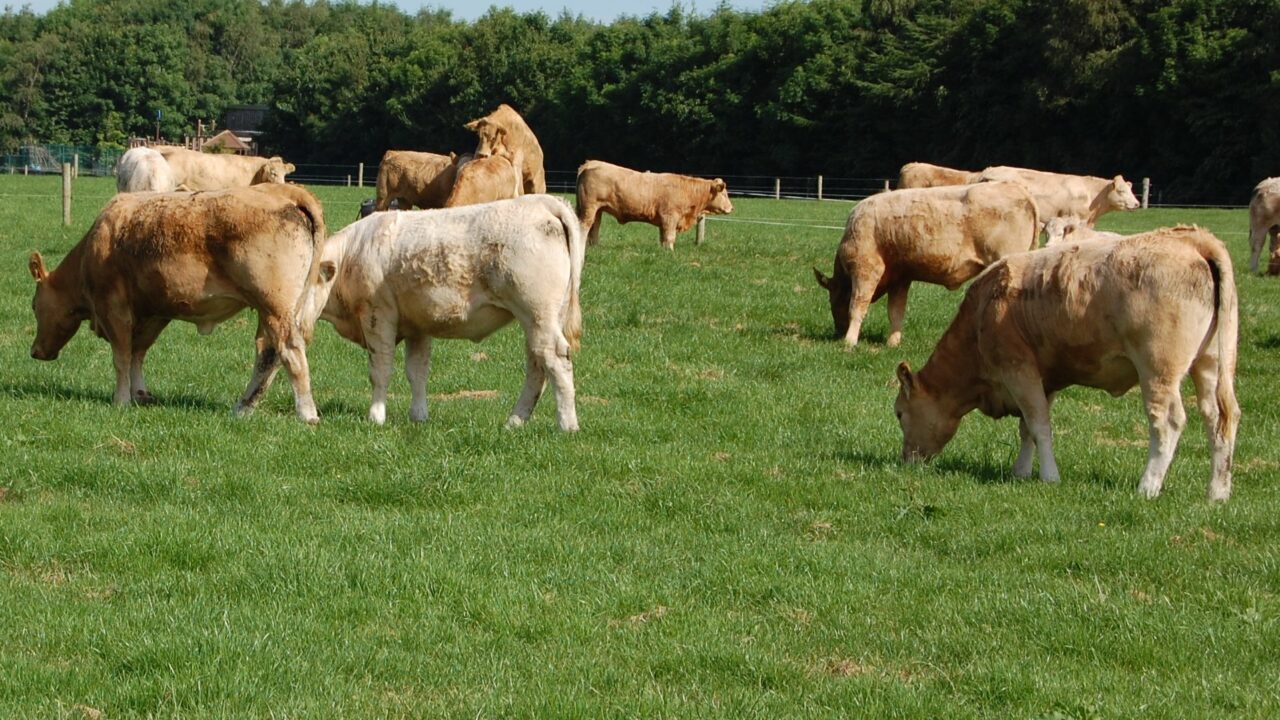Over 600 farmers attended the Teagasc National Beef Conference, sponsored by Zoetis in Roscommon this week.
With the sector experiencing tough times recently the conference focused on profitability. Farmers were told that grazed grass is the cheapest feed and suckler beef producers must optimise the proportion of grazed grass in the total annual feed budget.
Teagasc researcher Paul Crosson said that profitability is greatest where the calving date for suckler cows is aligned with the commencement of the grazing season. He pointed out that where there is a long grazing season of 243 days, that a net margin per hectare of €454 can be achieved, whereas if the grazing season is short at just 178 days, then the new margin falls to €185/ha, for suckler calf-to-beef production systems.
Teagasc director Professor Gerry Boyle said that Ireland’s suckler cow herd of over one million cows is a huge national asset and is the key driver of the country’s beef output at €2.1 billion. There are 65,000 suckler herds in the country and the income generated on these predominately family run farms contributes significantly to local economies in every community. Prof. Boyle said:” Notwithstanding the economic importance of our national here there are significant challenges facing the viability of many suckler farms.”
The theme of the conference was ‘Improved Breeding & Feeding of Suckler Cows to Increase Profitability’. The latest breeding statistics for Irish suckler herds show that major improvements can be made on many farms when it comes to achieving a calf per cow per year.
John Kelly, a suckler farmer from Co. Longford, addressed the conference and outlined how he is producing 0.96 live calves per cows per year compared to the national average of 0.79. “This means that if I calve 100 cows, I will have 96 live calves to sell versus 79 calves. This is a difference of 17 weanlings to sell each year which at an average value of €850 per weanling is equal to €14,450.”
Margaret Lehane a well-known suckler farmer from Co. Cork gave a breakdown of the management practices she has implemented to consistently calve all of her replacement heifers at 24 months of age. “There is a very strong advantage to calving down heifers at two years of age. Looking at my own profit monitor last year, I achieved a gross margin of €1,056 per hectare. I had 73 cows calving and had 72 sales with an average value of €1,647. If I calved my heifers at three years of age instead of two, I would only be able to carry 65 cows, which would mean a loss of output worth €13,176.”
Teagasc researcher David Kenny said that the beef genomics scheme launched by the Department of Agriculture, Food and the Marine, in conjunction with ICBF will put Ireland in prime position to implement a genomic selection programme for beef cattle which should accelerate the rate of genetic gain for improved reproductive efficiency. “Teagasc research has underpinned the initiation and continued development of this technology.”
Dr Colin Penny from Zoetis, and formerly of the Royal School of Veterinary Studies in Edinburgh, gave practical advice on how farmers can reduce the large numbers of calf deaths each year, before they reach 12 months of age.
